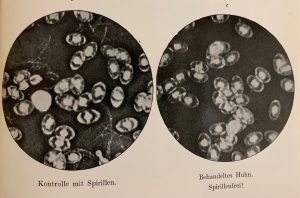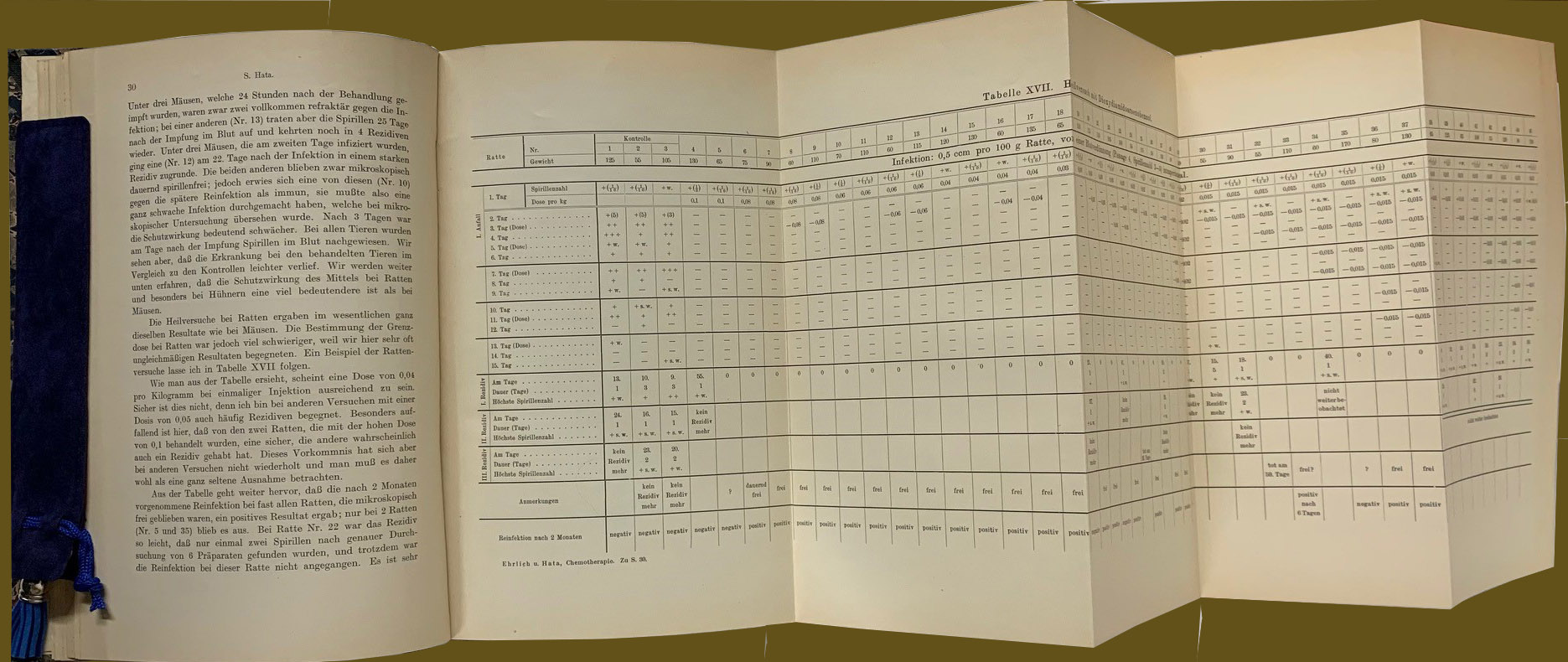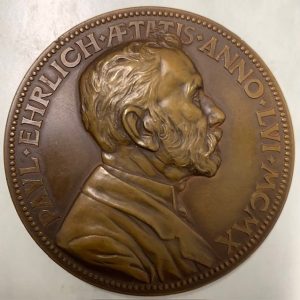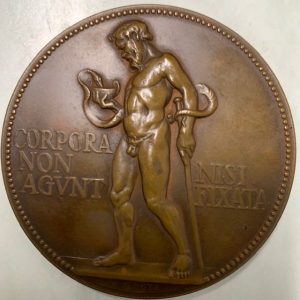
The Latin phrase corpora non agunt nisi fixata is a well-known expression in drug-receptor pharmacology that translates to “a drug will only act when bound to its target.” It was coined by German scientist Dr. Paul Ehrlich (1854-1915) who worked in many fields and left an impressive list of contributions to chemotherapy, histology, hematology, oncology, immunology, and pharmacotherapy. He was awarded the Nobel Prize in Physiology or Medicine in 1908. He formulated the idea that it is possible to kill specific microbes without killing the body, and dubbed this concept the “magic bullet.” Ehrlich’s research, with the help of Sahachiro Hata, led to the discovery of an effective treatment for a deadly disease—this first “magic bullet” drug was released as Salvarsan and used to treat syphilis until the invention of antibiotics in the 1940s. If you are interested in learning more about Ehrlich’s many contributions to pharmacology, we recommend this article by Bosch and Rosich.
Here, we will turn to two items from our historical collections tied to Paul Ehrlich. Both were issued in 1910. The first is Ehrlich’s original work, Die experimentelle Chemotherapie der Spirillosen (Syphilis, Rückfallfieber, Hühnerspirillose, Frambösie) (Berlin, 1910), a book reporting on his research and experiments with reoccurring syphilis, relapsing fever, chicken spirillosis, and syphilis in rabbits. It provides information on the progression of illness in infected animals and their reaction to the treatments, as well as reports on the results and tactics of practical drug administration. The publication includes foldable pages with data, charts, and photographs of bacteria and animals used in the experiments. The drug that was discovered to successfully treat syphilis through this experimentation was released later in the same year.

The second item in our collection is a bronze medal celebrating the remarkable scientist. The obverse side of the medal bears Paul Ehrlich’s portrait designed by Karl Goetz, a well-known German artist, with the legend reading “Paul Ehrlich at the age of 56, 1910.” The reverse of the medal features an image of a naked Aesculapius walking to the left, a clever homage to Ehrlich’s Nobel Prize, with the Latin phrase Corpora non agunt nisi fixata, representing his significant contributions to pharmacology and immunology. The famous maxim expresses the fundamental concept of modern pharmacology and led its author to the formulation of the next stepping stone, the side-chain theory of antibody formation, which is a cornerstone of immunology.
- Obverse side of Goetz’s medallion, with a portrait of Ehrlich
- Reverse side of Goetz’s medallion, depicting Aesculapius and Ehrlich’s famous maxim
2024 marks the 170th anniversary of Paul Ehrlich’s birth, and we are proud to celebrate the occasion by introducing you to these two items from our collection.
~Małgorzata Fort

